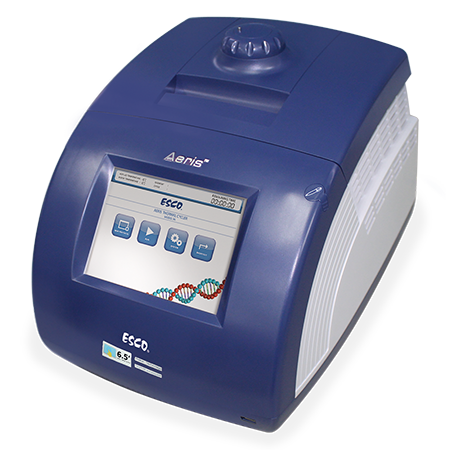Finding the Culprit: PCR in DNA Profiling

Police departments, prosecutors, and crime laboratories around the world have tapped the power of Polymerase Chain Reaction (PCR) to help in the investigation of crime scenes. PCR aids in building DNA profiles, which serve as a “barcode” unique to each individual making this one of the great instances where biology and technology merge to solve social problems.
HOW ARE WE DIFFERENT?
Upon completion of the Human Genome Project, it has been determined that the genome is composed of approximately 3 million bases. Out of these, ~99.5% are identical across all humans, implying that we are not so different after all.
The variation we observe that makes each of us look unique is revealed to be mainly due to differences in the number of repeated sequences for particular regions of the genome. Of these regions, Short Tandem Repeat (STR) has been identified and is the most commonly used repeat (using 13 loci or regions) in application today.

DNA PROFILING THROUGH STR
STR is composed of repeating 3-4 nucleotide bases found throughout different loci in the human genome. Each individual inherits two copies, or alleles from their parents, hence, an STR profile could be built.
For different populations, several loci have been used as the standard in the identification of individuals. To match STR profiles, the repeat numbers for each allele should be the same. For example at the D3S1358 locus (see Figure 1), if the sample obtained has an STR profile at that locus of 7,5, then suspect B is already excluded to match the sample obtained. If allele profiles match, then the probability is calculated depending on the frequency of the allele for the particular location. This implies that the suspect is not automatically the definite source of the sample when the STR profiles match.
Databases have also been established to aid in the investigation process such as the Combined DNA Index System (CODIS), maintained by the US FBI.
D3S1358 STR Locus

*for illustrative purposes only
Figure 1. Example of suspect STR profiles for the D3S1358 Locus.
PCR IN STR PROFILING WORKFLOW

1. Investigations start from the collection of biological materials such as teeth, hair, bones, and fluids from the crime scene.

2. Samples are then transferred to the forensic laboratory for further processing where DNA is extracted from the samples (~1 ng of sample is adequate for PCR).
1. Investigations start from the collection of biological materials such as teeth, hair, bones, and fluids from the crime scene.
2. Samples are then transferred to the forensic laboratory for further processing where DNA is extracted from the samples (~1 ng of sample is adequate for PCR).
.png)
3. The specific STR loci are targeted and amplified through PCR. PCR fragments are further analyzed through sequencing or electrophoresis.

4. STR profiles are then generated and if available, checked with suspect profiles or databases.
3. The specific STR loci are targeted and amplified through PCR. PCR fragments are further analyzed through sequencing or electrophoresis.
4. STR profiles are then generated and if available, checked with suspect profiles or databases.
STR profiling requires robust thermal cyclers to aid in the investigation process. Reliable results are needed from wet lab experimentation to help police departments and prosecutors for their reports. Esco Lifesciences offers thermal cyclers with excellent heating and cooling rates, accurate, and uniform temperature to ensure reliable STR profiles.
Aeris™ PCR Thermal Cycler

AERIS-MB + AERIS-BG096
Read more here: Forensics
Reference:
[1] Norrgard, K. (2008) Forensics, DNA fingerprinting, and CODIS. Nature Education 1(1):35